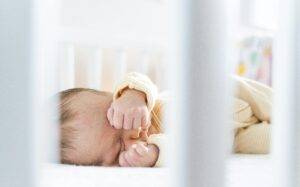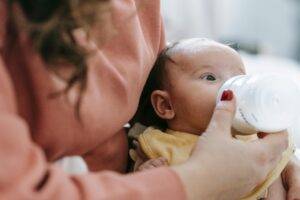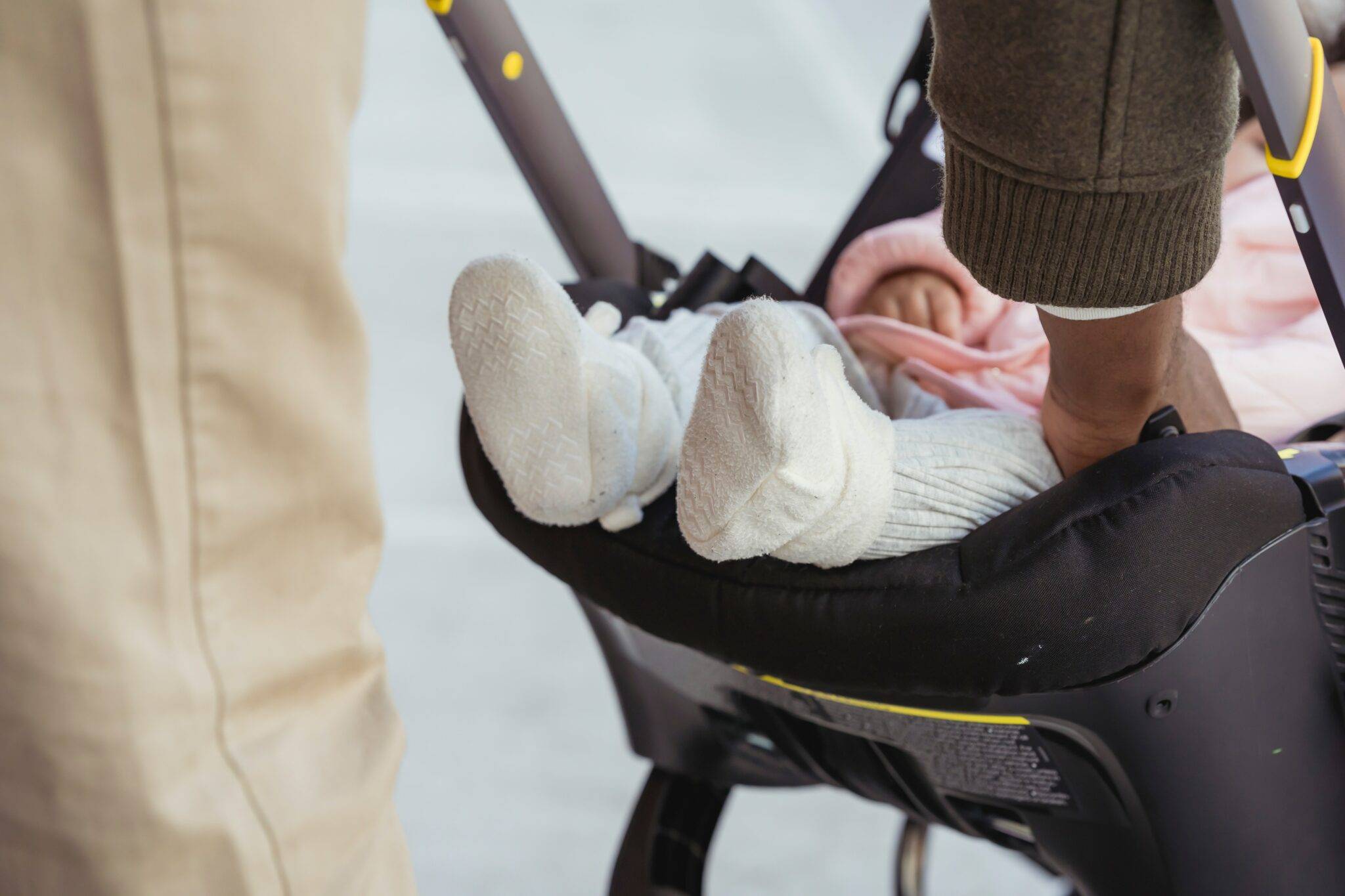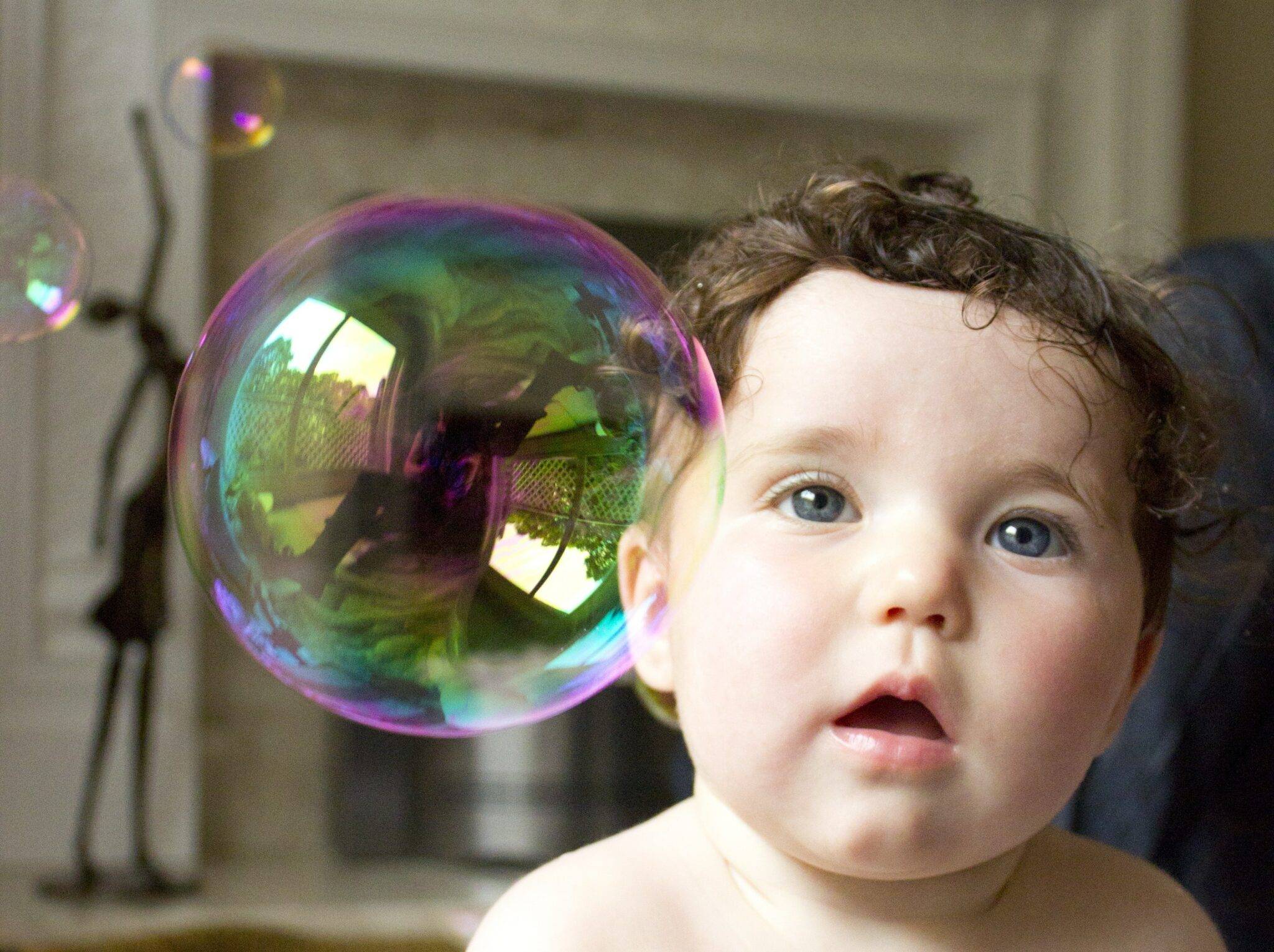As a parent, your newborn’s health and comfort are top priorities. Many parents turn to humidifiers to ensure the air in the nursery is appropriately humidified, especially during dry seasons or in regions with low humidity. Cool mist humidifiers are the safest and most effective choice among the various types available.
However, while cool mist humidifiers offer some benefits, they also carry certain risks that parents should be aware of before using them for their babies. This in-depth guide will explore the potential dangers of using a cool mist humidifier for your newborn.
We will look at how these devices operate, the risks related to mold and bacteria, the potential for respiratory issues, the importance of maintenance, and safer alternatives. Our goal is to provide you with all the information you need to make an informed decision that supports your baby’s health.
How Cool Mist Humidifiers Work: A Brief Overview
Cool mist humidifiers work by dispersing a fine mist of cool water vapor into the air, increasing the moisture level in the room. Unlike warm mist humidifiers, which use heating to boil water and create steam, cool mist humidifiers rely on ultrasonic technology or an impeller to break water into tiny droplets.
- The Ultrasonic Process: Ultrasonic cool mist humidifiers use high-frequency vibrations to turn water into a fine mist. These vibrations occur at a frequency beyond human hearing, so you won’t hear anything from the process, making these devices a quiet choice for your baby’s nursery. The mist is then dispersed into the air, where it evaporates, increasing humidity.
- The Impeller Mechanism: Some cool mist humidifiers use an impeller, which operates like a small spinning disk. This disk flings water at a diffuser, breaking it into small droplets released as mist. This method is slightly noisier than ultrasonic technology but still quiet enough to be used in a nursery setting.
Both types of cool mist humidifiers have their advantages in terms of safety—since they don’t use hot water, there’s no risk of burns. However, the cool temperature of the mist introduces health concerns, particularly cleanliness and air quality.
1. Risks of Bacteria and Mold: A Hidden Danger
How Bacteria and Mold Thrive
One of the most significant risks of using a cool mist humidifier is the potential for bacteria and mold to grow within the device. These microorganisms thrive in moist environments, and the humidifier water tank is a breeding ground if not properly maintained.
When the humidifier disperses mist, it spreads bacteria and mold spores into the air, which your newborn can inhale. This issue is particularly concerning because newborns have immune systems that can’t fight off infections.
As a result, exposure to airborne bacteria or mold spores leads to respiratory problems, allergic reactions, and other health issues.
Potential Health Effects on Newborns
Respiratory infections are one of the serious concerns associated with bacteria and mold in humidifiers. Inhaling contaminated mist irritates a newborn’s airways, leading to bronchitis, bronchiolitis, or pneumonia. These infections are severe, requiring medical attention and, in some cases, hospitalization.
Mold exposure triggers allergic reactions in infants, in addition to respiratory infections. Symptoms include sneezing, coughing, watery eyes, and skin rashes. For some babies, prolonged mold exposure leads to the development of asthma, a chronic condition that impacts a child’s quality of life.
Preventing Bacteria and Mold Growth
The best way to prevent bacteria and mold growth in your cool mist humidifier is through diligent cleaning and maintenance. Empty and rinse the water tank daily and completely dry it before refilling. Deep cleaning once a week with a white vinegar solution removes mineral deposits or mold that have begun to form.
Additionally, using distilled or demineralized water reduces the buildup of minerals that harbor bacteria. While these maintenance steps require time and effort, they’re crucial to ensuring that the mist your baby breathes is clean and safe.
2. Risk of Over-Humidification: Why Balance Matters
Understanding the Dangers of Excess Humidity
While maintaining an optimal humidity level in your baby’s nursery is important, too much humidity creates problems. When the air becomes overly saturated with moisture, dust mites, mold, and mildew thrive. These organisms contribute to respiratory problems and allergic reactions, making overhumidification just as dangerous as dry air.
Excess humidity also makes it difficult for your baby to breathe comfortably. Newborns have small, delicate airways, and overly moist air causes mucus to thicken, leading to nasal congestion and respiratory distress. Babies with asthma or bronchiolitis experience worsening symptoms if the humidity is too high.
Monitoring and Maintaining Optimal Humidity Levels
To avoid risks associated with over-humidification, monitor the humidity levels in your baby’s room. The ideal indoor humidity range is between 30% and 50%. Keeping the humidity within this range maintains a balance where the air is moist enough to prevent dryness without encouraging the growth of harmful organisms.
A hygrometer is a simple and effective tool for monitoring humidity levels. This device measures the moisture in the air, allowing you to adjust the humidifier’s settings accordingly. Some humidifiers have built-in hygrometers, which automatically regulate humidity levels, turning the device off when the desired level is reached.
If you notice the humidity in your baby’s room is consistently too high, reduce the humidifier’s output or use it less frequently. Alternatively, placing the humidifier in a larger room where the moisture disperses more evenly prevents over-humidification.
3. The Issue of White Dust: What It Is and Why It Matters
What Is White Dust?
Another concern with cool mist humidifiers, especially those that use ultrasonic technology, is the production of “white dust.” This fine, powdery substance is composed of minerals found in tap water. When the humidifier breaks the water into mist, these minerals are dispersed into the air and settle on surfaces throughout the room.
While white dust isn’t toxic, it’s problematic, especially for newborns with sensitive respiratory systems. Inhaling these mineral particles irritates the lungs and airways, potentially leading to coughing, wheezing, and nasal congestion. For babies with preexisting respiratory conditions, frequent exposure to white dust can exacerbate.
Minimizing White Dust Production
- Distilled or Demineralized Water. One of the most effective strategies to be used in the humidifier. This water type has a lower mineral content than tap water, resulting in fewer particles being released into the air.
- Use Filter: Choose a cool mist humidifier with a built-in demineralization cartridge or filter. These devices trap minerals before they’re dispersed into the air, significantly reducing the white dust produced. However, replace these filters regularly to ensure they continue to function effectively.
4. Electrical Hazards: Safety First in Your Baby’s Nursery
Potential Risks with Electrical Devices
While cool mist humidifiers are generally safer than warm mist models in terms of burn risk, they aren’t without their hazards. Since these devices rely on electricity, there’s always a potential risk of electrical accidents.
For instance, if water spills from the humidifier and comes into contact with the electrical components, it results in a short circuit, electric shock, or even a fire. Also, curious babies and toddlers might pull the humidifier’s cord, knock the device over, or play with the water tank. These actions lead to water spills, electrical accidents, or injuries.
Safety Tips for Using a Cool Mist Humidifier
To ensure that your cool mist humidifier is safe for use in your baby’s nursery, follow these best practices:
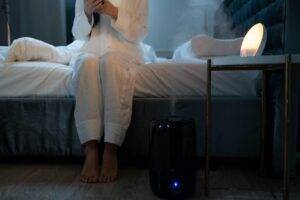
- Place the Humidifier on a Stable Surface: Ensure the device is on a flat, stable surface where it cannot easily be knocked over. Avoid placing it on top of unstable furniture or near the edge of a table.
- Keep the Humidifier Out of Reach: Position the humidifier where your baby cannot reach it, such as on a high shelf or mounted securely to the wall. This prevents curious little hands from pulling on the cord or tipping over the device.
- Avoid Water Spills: Be cautious when refilling the humidifier’s water tank. Turn off the device and unplug it before removing the tank to prevent water from spilling onto the electrical components.
- Use a GFCI Outlet: Whenever possible, plug the humidifier into a ground-fault circuit interrupter (GFCI) outlet. These outlets are designed to shut off power if they detect an electrical fault, reducing the risk of shock or fire.
Exploring Safer Alternatives: What Are Your Options?
Warm Mist Humidifiers: An Option with Caution
Warm mist humidifiers are safer for preventing bacterial growth, as the water is boiled before being released into the air. The high temperature kills bacteria and mold, making the dispensed mist cleaner than that from a cool mist humidifier.
However, the hot water and steam pose a burn risk, particularly if positioned within reach of curious little hands. You can position it where you can closely supervise its operation to minimize the risk of accidents.
Evaporative Humidifiers: A Balanced Approach
Evaporative humidifiers offer another alternative for parents concerned about the risks associated with cool mist models. These devices use a fan to blow air through a wet wick or filter, which naturally evaporates water into the air.
Since the water isn’t broken down into tiny droplets as in cool mist humidifiers, there’s no risk of white dust, and the process is generally less conducive to bacterial growth. However, evaporative humidifiers still require regular maintenance, including cleaning the water tank and replacing the wick or filter as needed.
They also tend to be slightly noisier than ultrasonic models, which may be a consideration if you’re looking for a quiet solution for your baby’s nursery.
Non-Humidifier Solutions: Nature Ways to Improve Air Quality
It’s possible to address dry air and related issues without a humidifier. You find that using a humidifier isn’t necessary at all. Instead, you focus on keeping your baby well-hydrated and caring for their skin to mitigate the effects of dry air.
- Hydration: Ensure that your baby is getting enough fluids throughout the day. Breast milk or formula is usually sufficient for newborns, but consult your pediatrician if you’re concerned about your baby’s hydration levels.
- Skin Care: To prevent dry skin, apply a gentle, fragrance-free moisturizer to your baby’s skin after bath time. This locks in moisture and soothes dryness or irritation caused by low humidity.
Consult Your Pediatrician: Expert Guidance for Your Baby’s Health
The Value of Professional Advice
Before introducing any new device or product into your baby’s environment, consult your pediatrician. They provide personalized advice based on your baby’s health needs and the conditions in your home. They help you weigh the pros and cons of using a cool mist humidifier or other options. Whether you’re considering a cool mist humidifier, a warm mist model, or an alternative solution, your pediatrician helps you make an informed decision that best supports your baby’s well-being.
For example, if your baby has a history of respiratory issues or is prone to allergies, your pediatrician may recommend alternative methods for maintaining air quality and humidity levels. They also guide you on the safest practices for using and maintaining a humidifier if you decide it is necessary.
Regular Check-Ups and Monitoring
In addition to consulting with your pediatrician about specific devices like humidifiers, regular check-ups are essential for monitoring your baby’s overall health. During these visits, your pediatrician assesses your baby’s respiratory health, skin condition, and overall development, helping you catch potential issues early and address them promptly.
Make the Best Choice for Your Baby
While cool mist humidifiers offer benefits in maintaining a comfortable environment for your newborn, they also come with risks that should not be overlooked. Choosing whether or not to use a cool mist humidifier in your newborn’s nursery requires careful consideration.
Understand these risks, take appropriate steps to minimize potential dangers, and create a safe and comfortable space for your baby. Keep your baby’s health needs in mind, and don’t hesitate to seek advice from your pediatrician.
For more tips on creating a safe environment for your baby, explore these helpful articles on infant skin care and preventing respiratory infections in babies.

